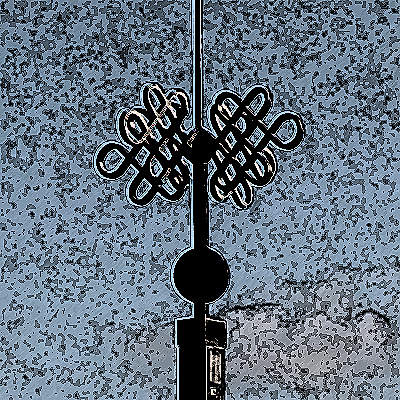Delphine Driaux - Living Conditions in Ancient Egyptian Settlements and the Place occupied by the Non-Elite Population
Duration: 52 mins 13 secs
Share this media item:
Embed this media item:
Embed this media item:
About this item

| Description: |
In the 1960’s, it was generally admitted that ancient Egypt was a civilization which did not possess cities. To define an ancient Egyptian city turns out to be a difficult task because we too often tend to impose our modern models on ancient examples. In a seminal study, Manfred Bietak specified that “the Egyptians felt no need to make their distinctions between towns, villages, hamlets, etc.” He adds, however, that in the New Kingdom (ca. 1539-1077 BC), a different mode of classification allowed differentiations, which vaguely resemble a modern day construct. Taking this information into account it is possible to conclude that there is not only one “Egyptian city type” but several.
This talk aims to present the different kind of settlements known in ancient Egypt, their mode of functioning, their town planning, as well as their arrangements. It will then take a closer look at the living conditions in these settlements through the domestic architecture and built-in installations. Certain aspects of daily life are quite well known, thanks to the studies that have been conducted on the elite in Egyptian society. The highest social class is arguably easier to study because the members of this wealthy socioeconomic stratum left more evidence: finely decorated tombs and large houses with elaborate furnishings and luxury goods. Finally, the talk will explore the place occupied by the non-elite population in these settlements. |
|---|
| Created: | 2015-06-09 10:37 |
|---|---|
| Collection: |
Informal Lunchtime Seminar Series
Wolfson College lunchtime seminar series |
| Publisher: | Wolfson College, Cambridge |
| Copyright: | Delphine Driaux |
| Language: | eng (English) |
| Distribution: |
World
|
| Explicit content: | No |
| Abstract: | In the 1960’s, it was generally admitted that ancient Egypt was a civilization which did not possess cities. To define an ancient Egyptian city turns out to be a difficult task because we too often tend to impose our modern models on ancient examples. In a seminal study, Manfred Bietak specified that “the Egyptians felt no need to make their distinctions between towns, villages, hamlets, etc.” He adds, however, that in the New Kingdom (ca. 1539-1077 BC), a different mode of classification allowed differentiations, which vaguely resemble a modern day construct. Taking this information into account it is possible to conclude that there is not only one “Egyptian city type” but several.
This talk aims to present the different kind of settlements known in ancient Egypt, their mode of functioning, their town planning, as well as their arrangements. It will then take a closer look at the living conditions in these settlements through the domestic architecture and built-in installations. Certain aspects of daily life are quite well known, thanks to the studies that have been conducted on the elite in Egyptian society. The highest social class is arguably easier to study because the members of this wealthy socioeconomic stratum left more evidence: finely decorated tombs and large houses with elaborate furnishings and luxury goods. Finally, the talk will explore the place occupied by the non-elite population in these settlements. |
|---|---|

